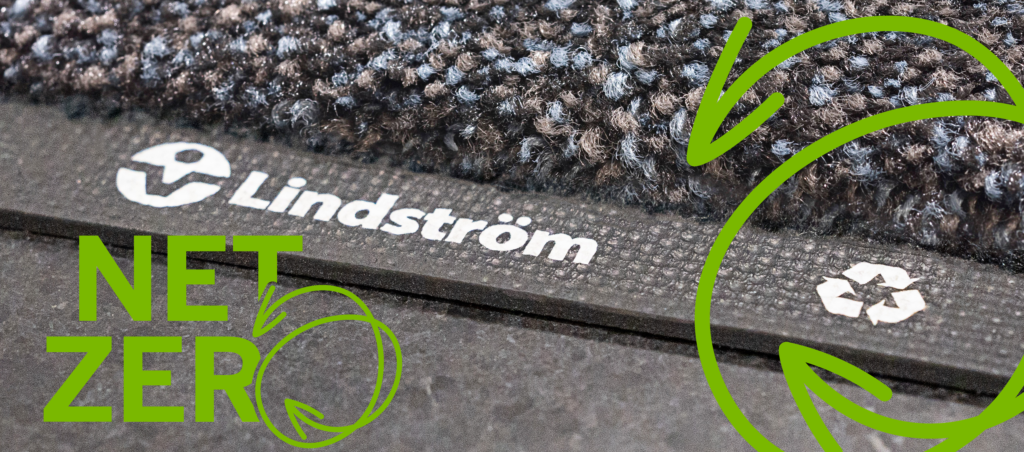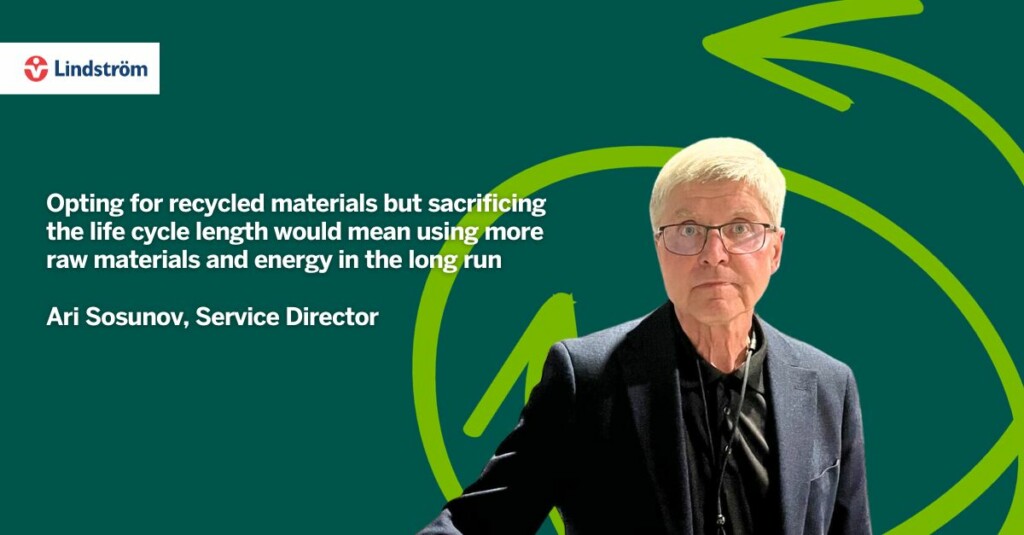
5 benefits of ergonomic mats – promoting workplace safety
Standing for long periods of time, whether in a queue or at work, can lead to discomfort and even injury. Consider the last time you waited in line: did you experience pain in your feet, legs, or back? For some, this discomfort sets in after just 10, 20, or 30 minutes. Now, imagine those who stand for eight hours a day for their jobs!



Combatting workplace fatigue
Workplace fatigue isn’t just about feeling tired—it can lead to injuries that cost employers time and money. A report by the International Labor Organization indicated that 68% of adults report that fatigue interferes with their ability to concentrate, while 66% relayed that they had more trouble dealing with stress when fatigued. A study by OSHA furthermore revealed that productivity dropped considerately for those standing on concrete floors for 8 hours.
Fatigue disrupts work performance, similar to working under the influence of alcohol, impairing judgment and the quality of work. It can lead to disorders, pain, and fatigue, all of which negatively impact concentration and performance. Good footwear, suitable flooring materials, and thoughtful workspace design can prevent fatigue and discomfort, such as sore feet, knees, or hips. The European Agency for Safety and Health at Work recommends ergonomic mats to support standing work for long periods of time.
What is an ergonomic mat?
Ergonomic mats are designed to alleviate the fatigue and health issues associated with prolonged standing on hard floors. They are commonly used in environments such as industrial sites, retail facilities, food production areas, and offices where employees spend much of their day standing. These mats offer significant comfort, particularly in places with hard concrete floors.
Do I need an ergonomic mat?
Ask yourself the following questions to find out:

Do I value employee safety in standing workstations?

Is ergonomic work design a priority for me?

Would I like to reduce employee sick leave?
If you answered yes to one or more of these questions, an ergonomic mat may be your new best friend!
Investing in ergonomic mats can offer numerous benefits for both employees and company operations. While it won’t solve all the challenges of standing work, it does provide increased comfort during long shifts.
Here are the 5 major benefits:
- Occupational Safety:
Don’t let your people slip and trip! Slips, trips, and falls are common accidents, caused by slippery floors. Ergonomic mats, designed with non-slip materials, reduce the risk of accidents. - Increased Productivity:
Fatigue from standing can lead to decreased attention to detail and productivity. Ergonomic mats keep employees comfortable and energized, allowing them to focus better. - Improved Posture:
Ergonomic mats support employees throughout the day, encouraging frequent position changes and providing excellent foot support. - Enhanced Blood Circulation:
Standing still for long periods can strain veins. Ergonomic mats promote muscle and vein relaxation, encouraging healthy blood flow. - Reduced Joint and Muscle Pain:
Say goodbye to shoulder, neck, and back pain. Ergonomic mats cushion the hardness of concrete floors and they also insulate against the cold, reducing discomfort.
How do I choose between ergonomic mats?
Consider the mat’s materials: Should it be soft or hard, thick or thin? A good ergonomic mat has some elasticity, but it should also be firm enough to stand on. It should protect the worker, which means it should not be slippery or easy to trip over.
Furthermore, the mat should be clean and hygienic. Ergonomic mats need regular cleaning to best serve their users. The hygiene aspect of ergonomic mats is crucial, particularly in some areas, like food production environments.
How do I maintain my ergonomic mat?
Maintaining ergonomic mats prolongs their lifespan and ensures safety. Regular cleaning is crucial, especially in environments like food production areas. An ergonomic mat’s lifespan depends on factors like usage frequency, exposure to liquids or chemicals, and the material.
Lindström provides a mat service with lightweight and flexible ergonomic mats that meet industry standards. We deliver clean, high-quality mats and recycle them when they reach the end of their lifespan, taking the worry of maintenance off your shoulders.



In conclusion, fatigue and ergonomics are critical workplace issues that affect productivity, safety, and well-being. Investing in anti-fatigue mats can reduce fatigue, improve productivity, and enhance safety for workers who stand for extended periods. It’s a small change that can have a significant positive impact on employee health and productivity.





